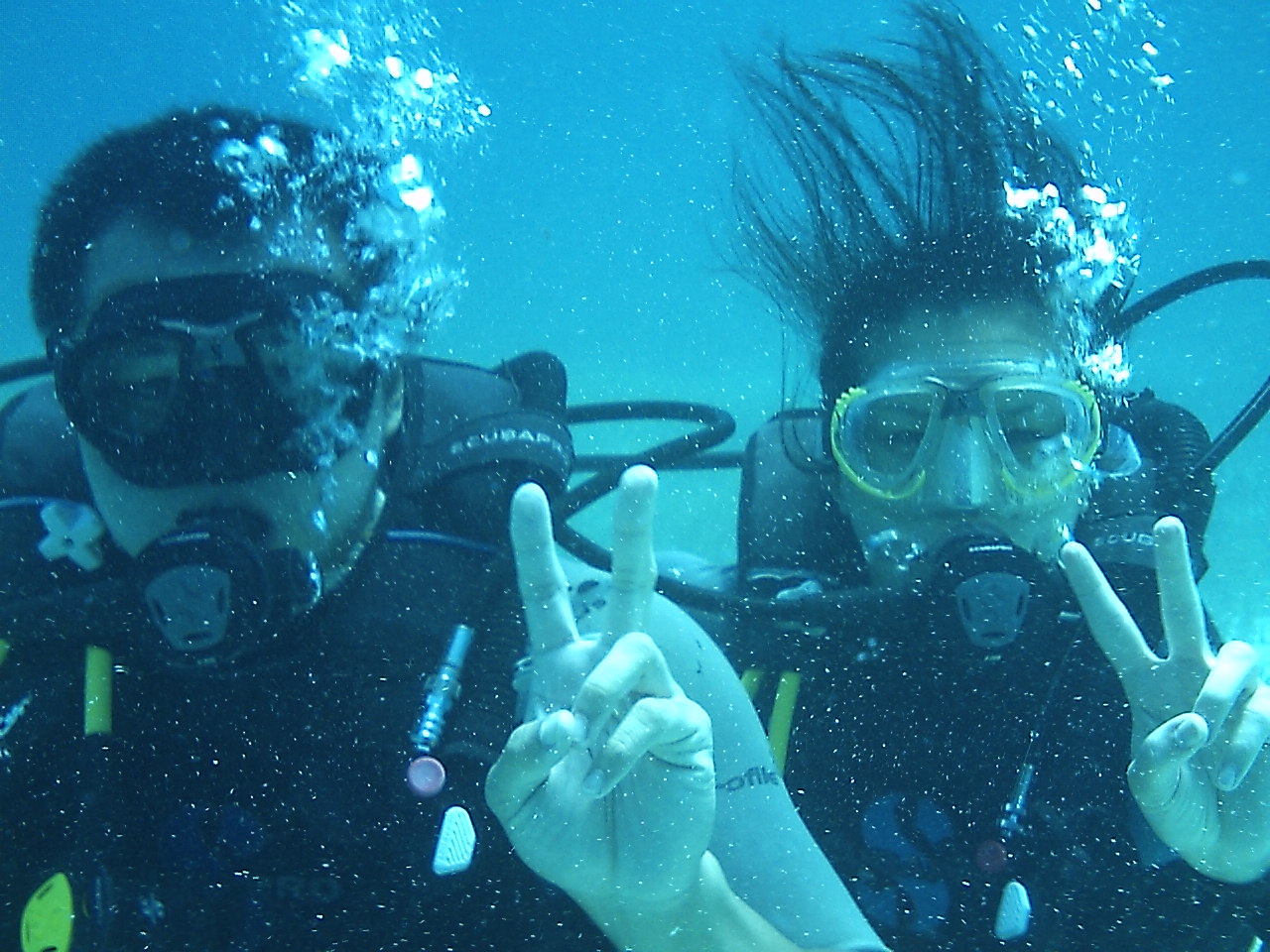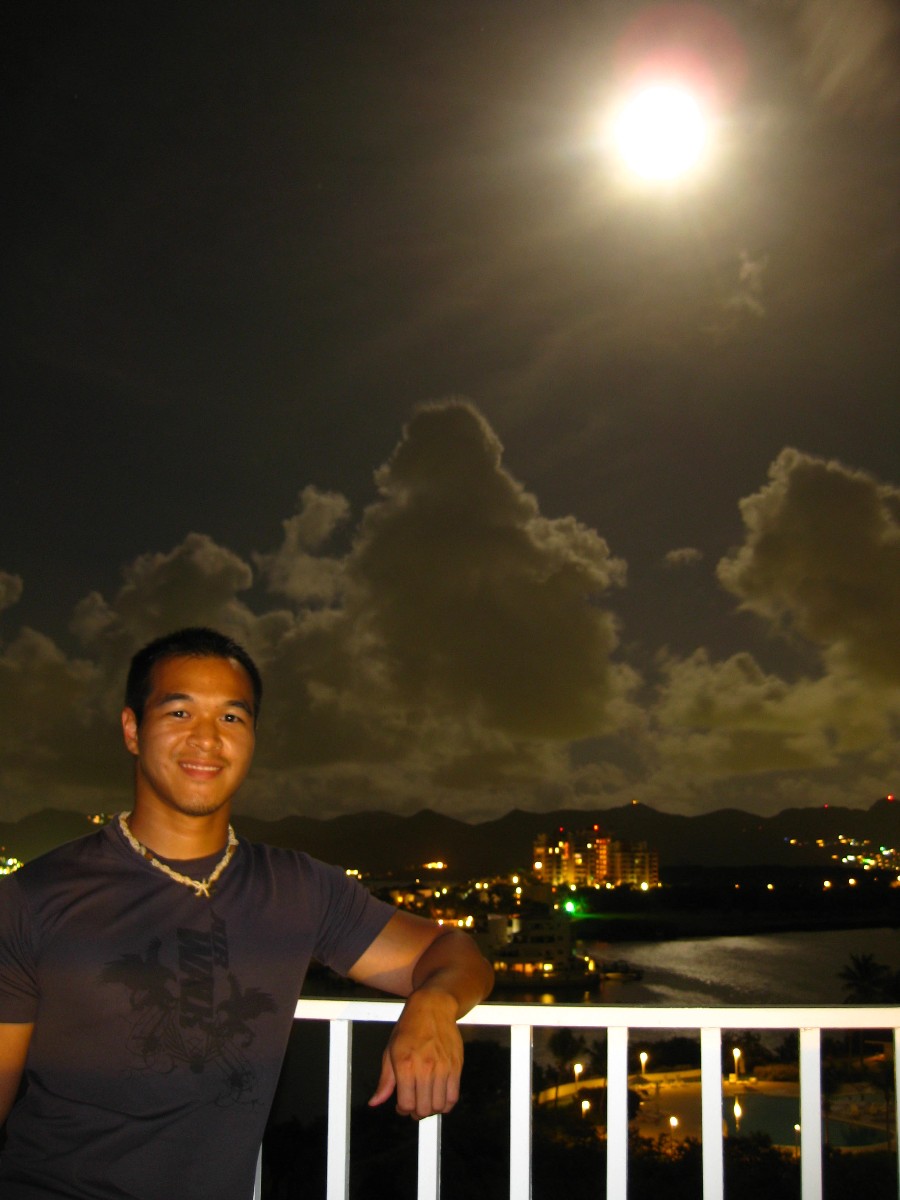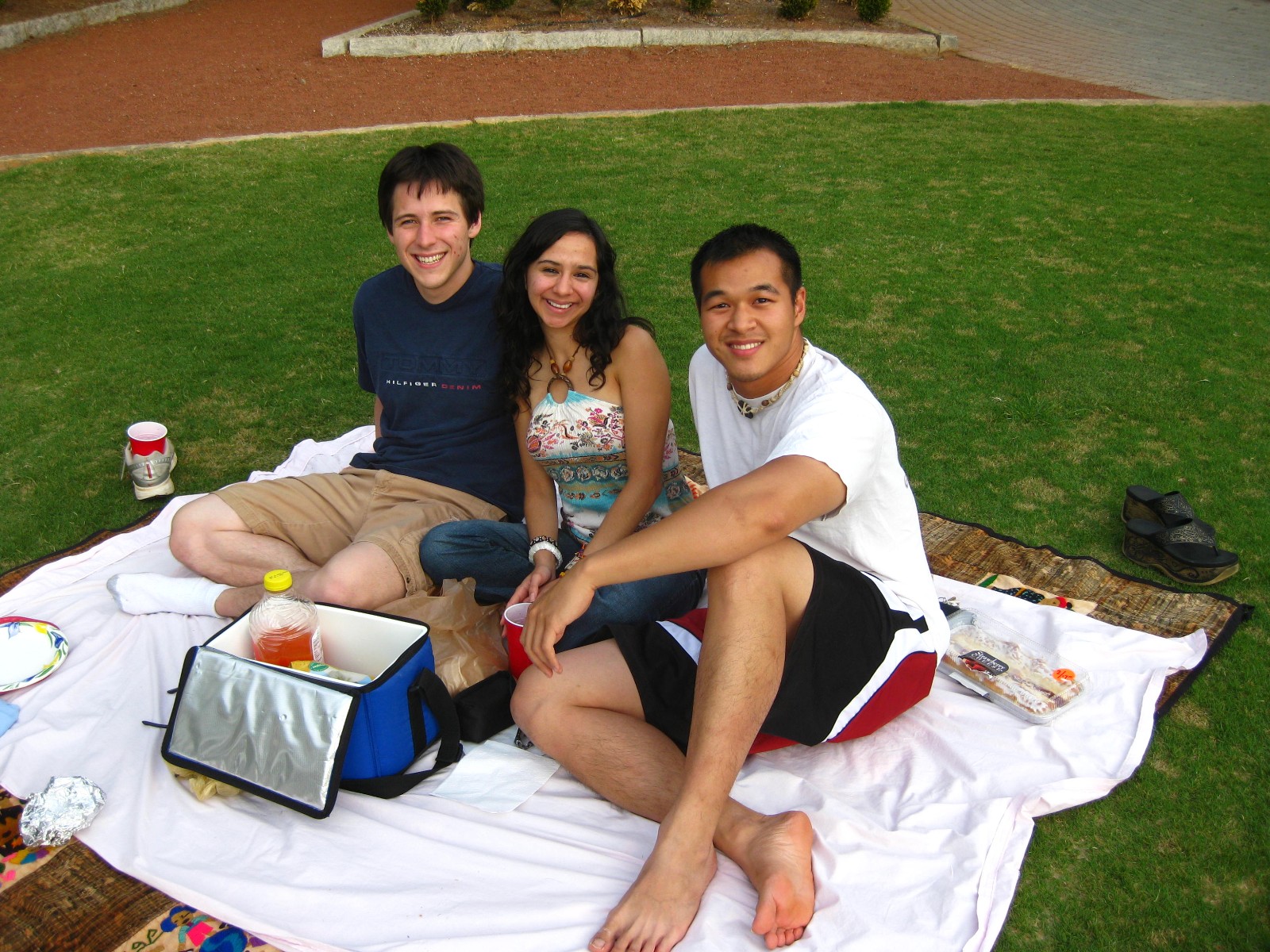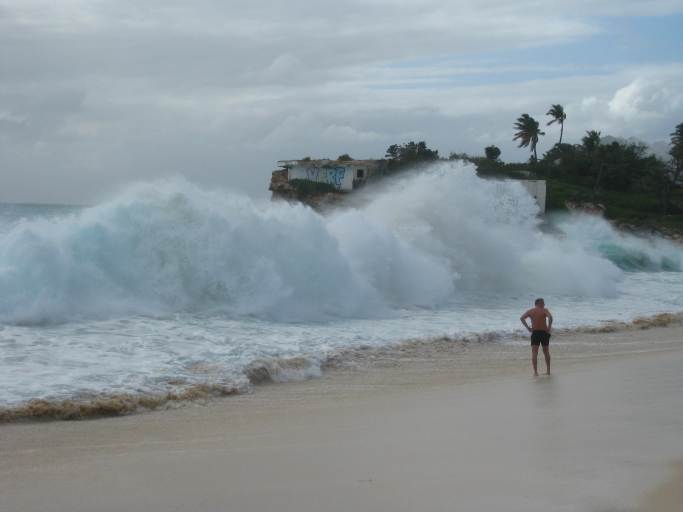Night Diving
It was dark. Really dark. Not even the moon was out.
As we hit the water after flipping over the side of the boat, I wondered what I got myself into. I had a heavy tank on my back, a regulator in my mouth, and grasped tightly with my right hand was the one thing that allowed me to see, a flashlight.
One by one, we plunged into the dark waters. The six other divers in our crew and I turned on our flashlights (called torches) and we slowly descended into the abyss, with the beam of light aiming into the depths.
We were going on a night dive.
Ever since I got PADI certified with Irene during the break, the underwater world became open for me to explore. This was my first dive since my certification, and quite an adventurous one. There’s much to see at the bottom of the ocean at night. Many sea beasts come out at night, like the octopus or squid. The lights of our torches also attracts schools of small fish, and I found a way to control them with the wave of my magic illuminating wand.
We glided over coral reefs, around giant sponges the size of people, and eventually navigated our way through a small canyon, just wide enough to fit a single file of people. Unlike the daytime when everything is washed in an aura of blue light, at night with our torches on, the reef reveals its true colors.
There was something almost romantic about seeing all the strobes of light deep in the water. Every spot of light was someone’s path of vision, and we were exploring all over the ocean floor.
Eventually during our dive, we reached a sandy spread of ground. Our guide signaled us to stay put, and one by one, we turned off our torches. Here we were, seven of us, facing each other in a circle, on a flat sandy bed at the bottom of the sea, surrounded by darkness. Suddenly with our free hand, we began to wave the water in front of us. Small specks of light glowed in front of our eyes, like firecrackers in the water. These were bioluminescent organisms, activated by movement in the water.
As our tanks ran low, we began to make our ascent, back onto the dark world above the surface. As we broke through the barrier above, the night sky looked relatively bright, with the glimmer from Anguilla delineating the island against the night sky on one side and the lights on Anse Marcel shining our other side.
The night dive was quite a dive. It turned out to be not as terrifying as I thought, although there was always a mystery that lingered about what laid a few feet beyond us in the darkness. Having a narrow scope of vision in the dark water made us focus on our immediate surroundings, and heightened the diving experience.
What: Night Diving
Where: Octopus Diving, in Grand Case, St.-Martin (French side)
Cost: $75, student price with the AUC Dive Club.













